What Really Happens When You’re Buried in a Coffin? The Science Behind the Silence
Many have asked, “What really happens if someone is buried alive?” It’s a question that stirs fears and curiosity. Thanks to science, we understand more about what occurs beneath the earth in such a nightmare scenario. The idea of being buried before truly dead makes for a chilling story, but it also reveals fascinating facts about biology and death detection.
Throughout history, stories of premature burial triggered widespread fears. People built safety measures to avoid it while scientists studied what happens as bodies decay underground. Today, technology aims to prevent this horror altogether. But what do we know about what actually happens inside a coffin after death?
The Biological Process of Decomposition in a Coffin
How the Body Breaks Down After Death
Once someone dies, the body begins a natural process called decomposition. It happens in three main stages. First comes autolysis, where cells self-destruct and release enzymes. Next, putrefaction sets in as bacteria start consuming tissues, causing gases and odors. Finally, the body skeletonizes, leaving bones. This process can take weeks or years, depending on conditions.
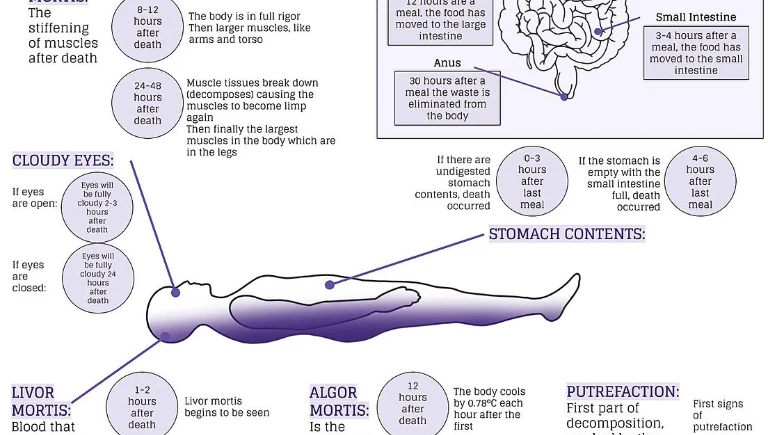
In a confined space like a coffin, the speed of decomposition can change. Soft tissues may decay faster if gases don’t escape. The buildup of gases can cause the body to swell or even crack the coffin. Forensic experts study these patterns to understand timelines and causes of death.
🔹Info Box
Decomposition begins immediately after death and follows predictable biological stages, even in sealed coffins.
The Impact of Burial Environment on Decomposition
The environment surrounding a burial greatly affects how quickly decomposition occurs. Factors include soil type, moisture, temperature, and oxygen levels. For example, hot, moist soil speeds up decay, while dry, cold soil slows it down.
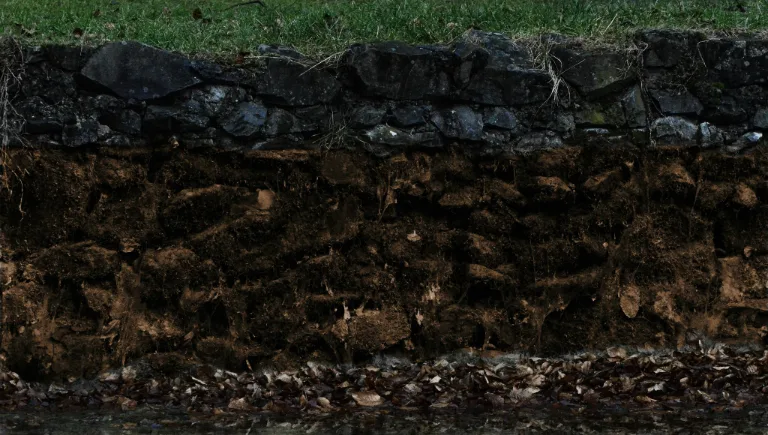
Modern embalming creates a delay in decomposition by preserving tissues with chemicals. Traditional burials without embalming allow natural decay. For forensic scientists, examining remains buried in different settings helps understand how long bodies take to break down.
What Happens When Air Supply Is Limited?
Once underground, oxygen availability drops. Bacteria that thrive without oxygen, called anaerobic bacteria, take over. These microbes produce gases like methane and hydrogen sulfide, which cause the body to bloat. The gases also create pressure, possibly cracking the coffin or forcing gases to escape through any openings.
In some cases, forensic cases reveal bodies that have been buried for years but show signs of recent activity. The gases and changes inside coffins can sometimes give clues to life or death status if the body isn’t properly examined.
The Risks and Dangers of Being Buried Alive
Physical and Psychological Effects
If someone wakes up inside a coffin, panic is almost guaranteed. Feelings of terror, claustrophobia, and despair can overwhelm a person. Physically, the limited air supply causes stress, confusion, and eventually suffocation. Some may struggle to free themselves but find it nearly impossible.
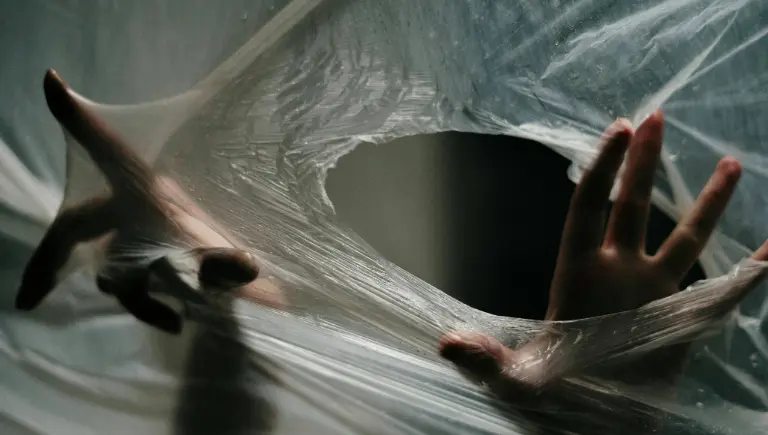
Many who survived attempted premature burials reported feeling desperate within moments, realizing the danger only too late. Their stories highlight how terrifying and real this scenario can become.
Medical and Scientific Evidence
The truth is, actual cases of being buried alive are rare today but did happen in the past. In some incidents, bodies were found with signs of movement or struggle, proving an initial mistake in death declaration.
Modern science tells us that after death, breathing ceases. Yet, some reflexes and heartbeat responses may persist briefly. This has led to new death detection methods—like listening for brain activity or heartbeats—that significantly reduce false declarations of death.
⚠️ Warning
Although rare today, premature burial incidents have occurred due to errors in death declaration or misdiagnosis.
Myth Busting: Could It Happen Today?
Thanks to technology, the risk of accidental burial is extremely low today. Devices like breathing machines, heartbeat monitors, and even sophisticated EEGs can confirm death with high accuracy. The chances of waking up in a coffin today are almost nonexistent.
Statistically, incidents of false death declarations have dropped dramatically thanks to these advances. Yet, some safety measures still exist, especially for those at risk of early death due to illness or old age.
Historical Cases and Modern Incidents
Notable Historical Examples
In the 1800s, stories of premature burial flooded newspapers. People wore safety coffins with escape mechanisms or bells linked to the outside, hoping to alert others if they woke up underground. Cultural fears made funeral customs more cautious, sometimes including checks like double embalming or test mortality.
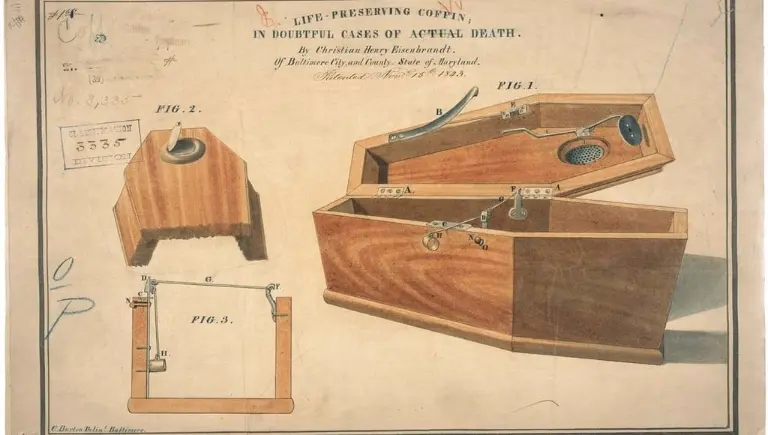
Recent Cases and Scientific Investigations
Today, a few unfortunate cases still occur due to misdiagnosis. In some, bizarre signs of interference suggest the person was not fully dead. Scientific investigations in these cases help improve death verification methods, making these incidents even less likely now.
Technological and Scientific Safeguards
Advances in Death Certification and Monitoring
Modern death checks use tools like EEG scans to measure brain activity or heartbeat monitors to confirm cessation. These devices are now standard in many hospitals, drastically reducing the risk of premature burial.
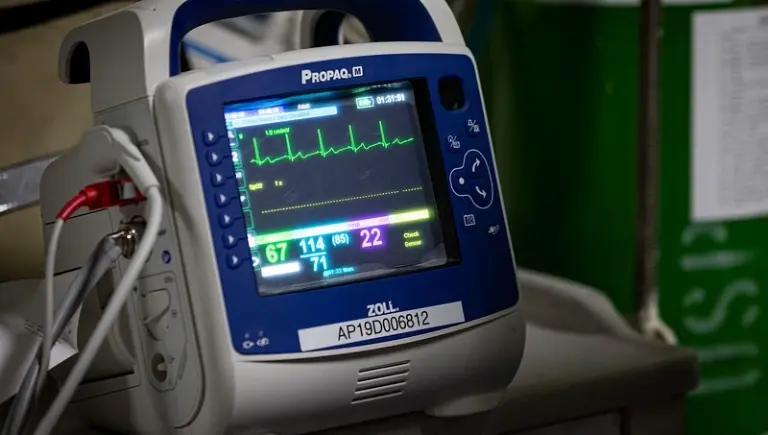
Innovations in Burial Technology
Some funeral homes experiment with coffins that have built-in ventilation systems or sensors. These little devices can test for signs of life continuously. The future might see biometric chips that automatically verify death and can be monitored remotely, providing peace of mind.
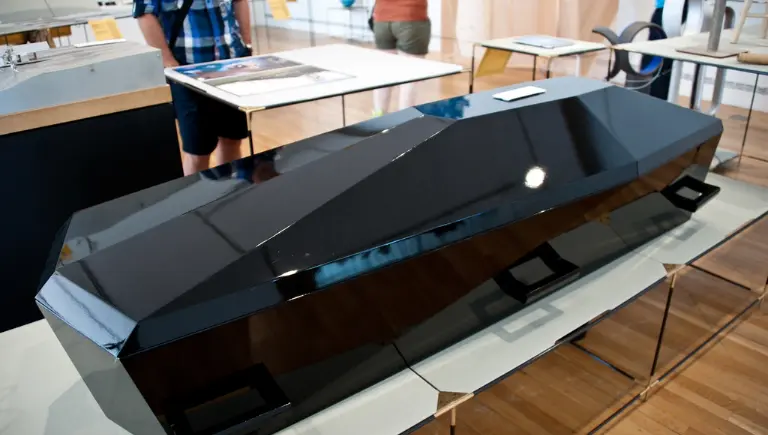
Actionable Tips for Personal and Funeral Planning
For those worried about premature burial, consider discussing your concerns with your doctor or funeral provider. Request thorough death verification and explore options like safety coffins with ventilation. Funeral homes can also implement safety protocols to prevent mistakes.
Conclusion
Decomposition in a coffin is a complex process driven by biological factors and environmental conditions. Science has unraveled many mysteries about what happens underground after death. Modern technology continues to improve methods for death verification and burial safety.
The good news is, with current advancements, the chances of being buried alive are incredibly slim. Still, knowing what occurs inside a coffin can help dispel myths and ease fears. The combination of science and safety measures keeps us protected, letting us focus on celebrating life rather than fearing the worst.







